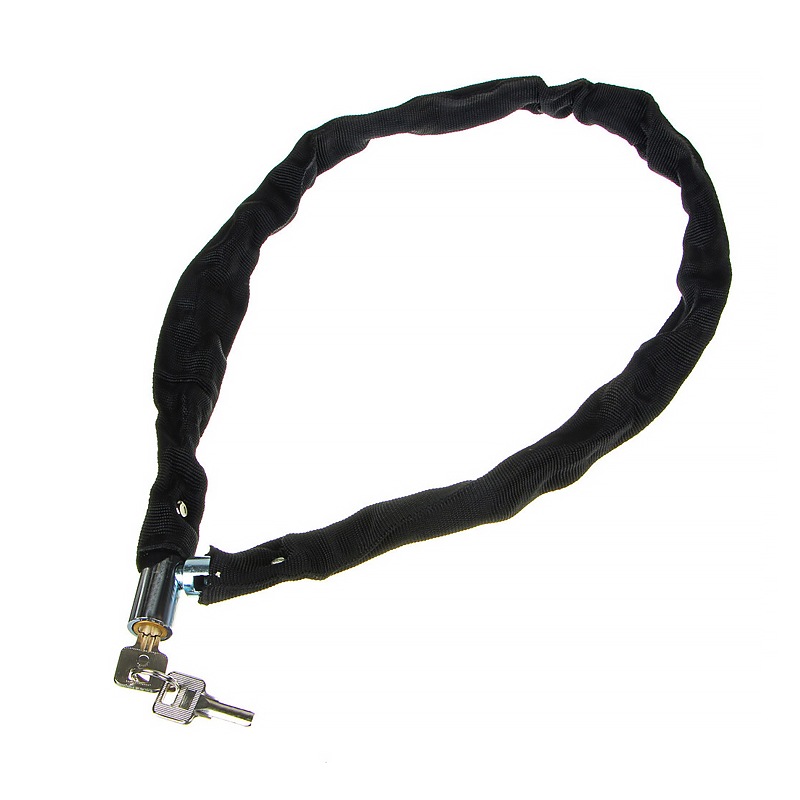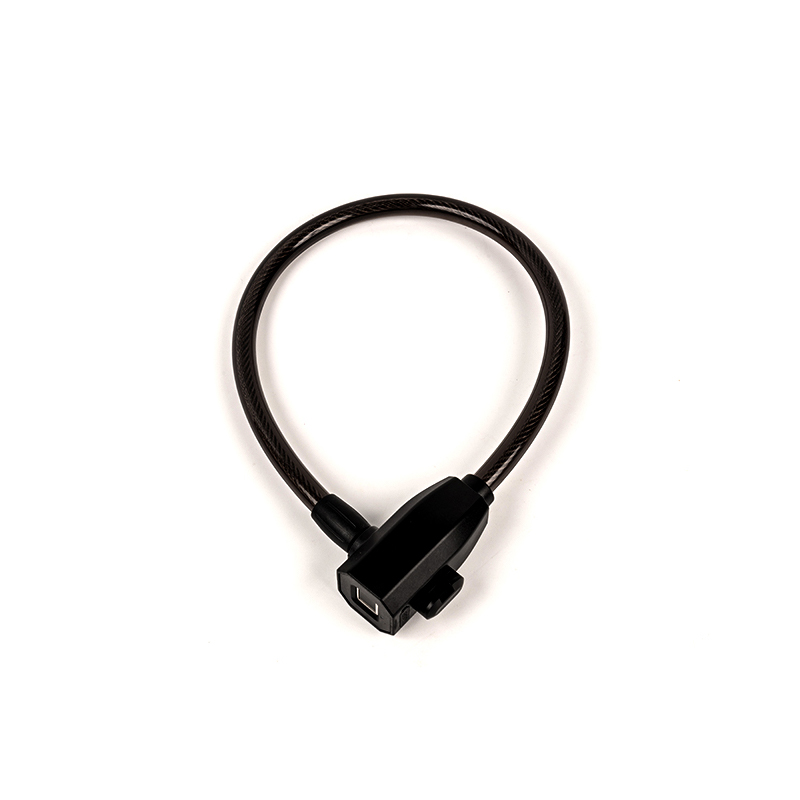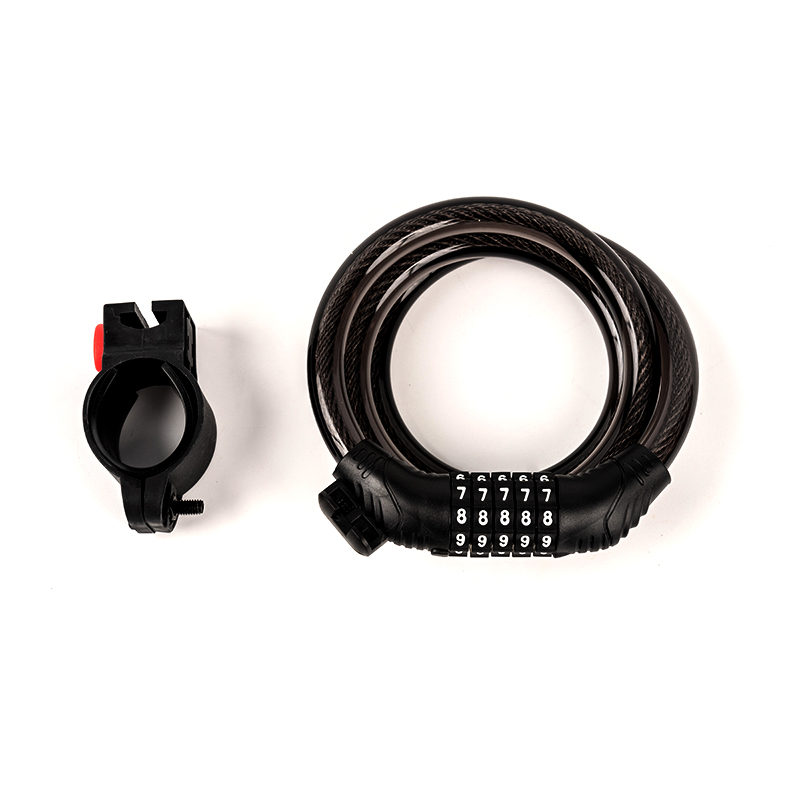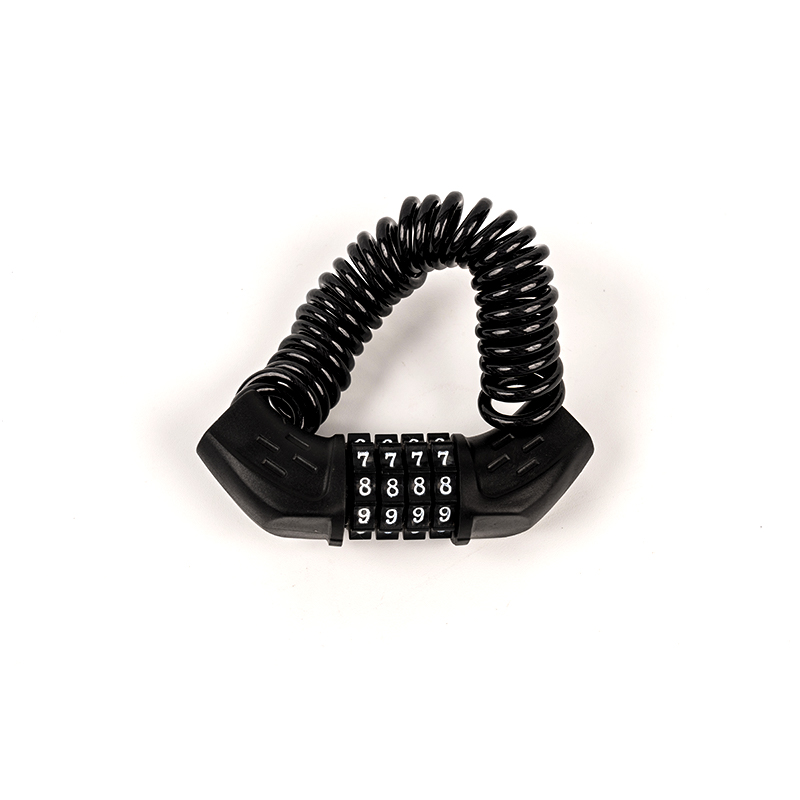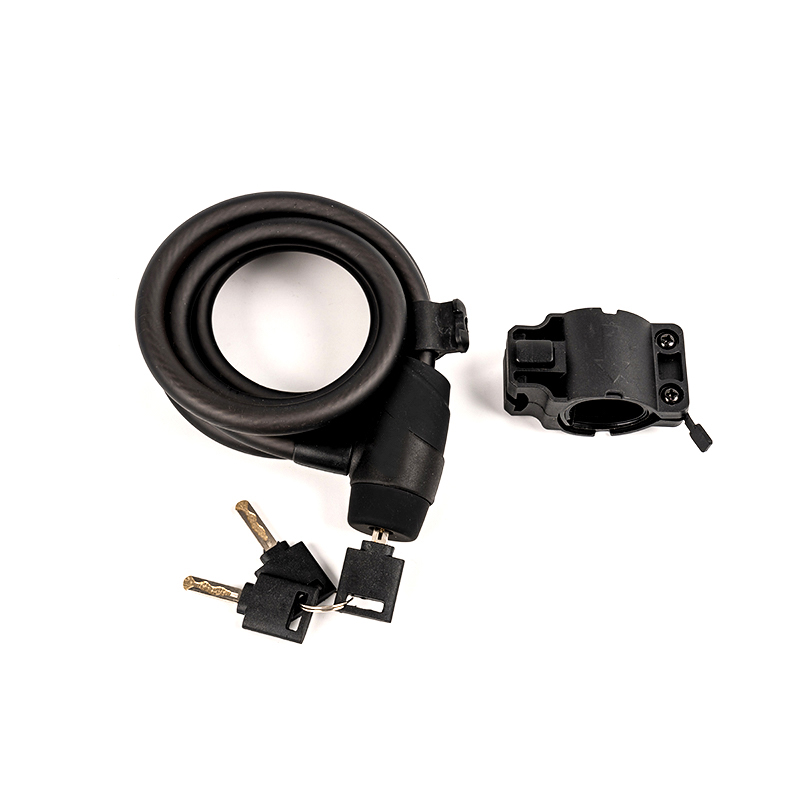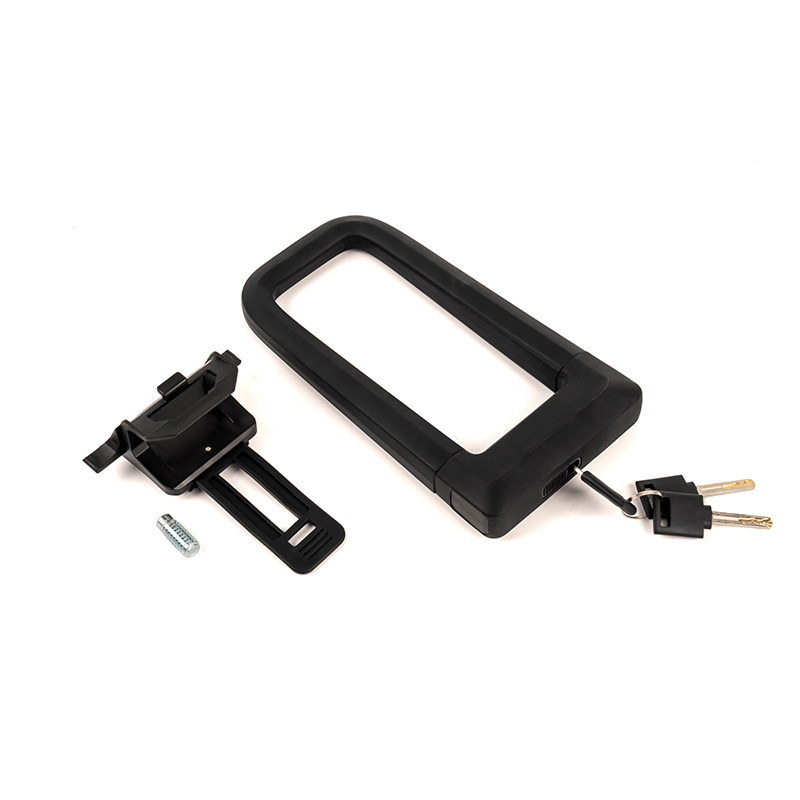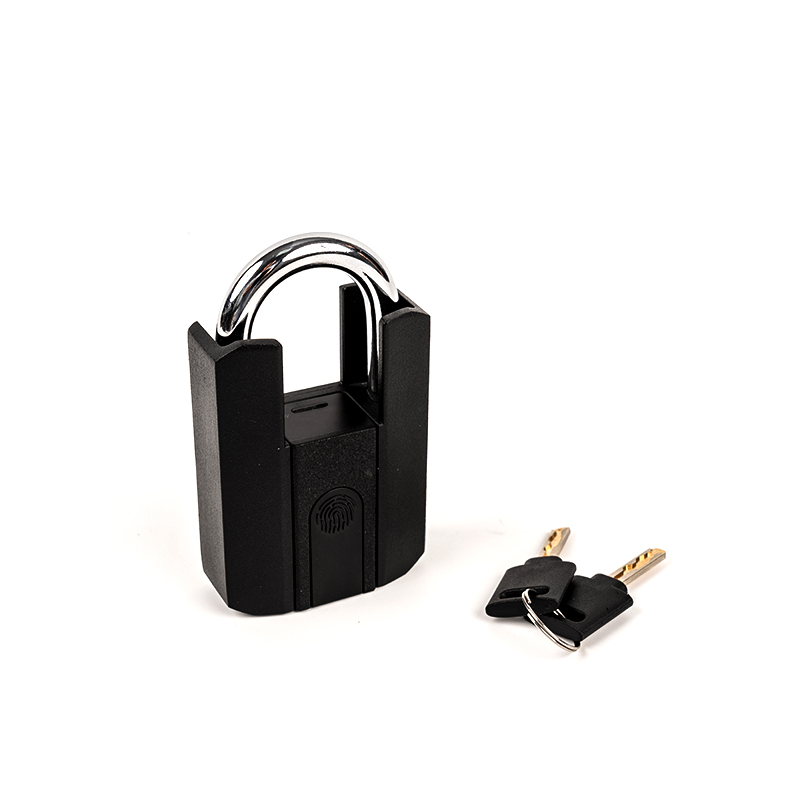Common Malfunctions of Precision Lock
1. The bolt is stuck or fails to spring back, preventing the door from closing or opening.
2. Abnormal noise or jamming from the lock body, often due to aging of the locking mechanism, lack of lubrication, or wear of internal parts.
3. The electric lock motor does not rotate or rotates abnormally, possibly due to motor damage, a broken circuit, or a short circuit.
4. The lock body remains locked even without a key ("zero code" phenomenon), usually due to a failed internal spring in the lock cylinder or an incorrect password setting.
Precision Lock Troubleshooting Steps
1. Visual Inspection: Confirm whether the bolt, spring, and screws are loose or missing; check for obvious wear or corrosion.
2. Sound and Feel: Manually rotate the handle or knob, noting any sticking, abnormal noises, or uneven movement to locate possible mechanical obstructions.
3. Electrical Testing (for electric locks): Use a multimeter to measure the voltage at the motor power supply terminals to confirm the circuit is clear; check whether the control unit's signal output is normal.
4. Electrical Wiring: Check whether the circuit is clear; check whether the control unit's signal output is normal. 5. Function Verification: After power failure and subsequent power restoration, attempt to unlock the lock using a key or combination lock. Observe whether a "zero code" or locked mode still appears. If necessary, reset the lock cylinder or reprogram it.
5. Component Replacement: If the locking mechanism, spring, bolt, or motor is found to be damaged, replace the corresponding components according to original factory specifications, reassemble, and perform a complete test.

 English
English русский
русский Español
Español عربى
عربى

